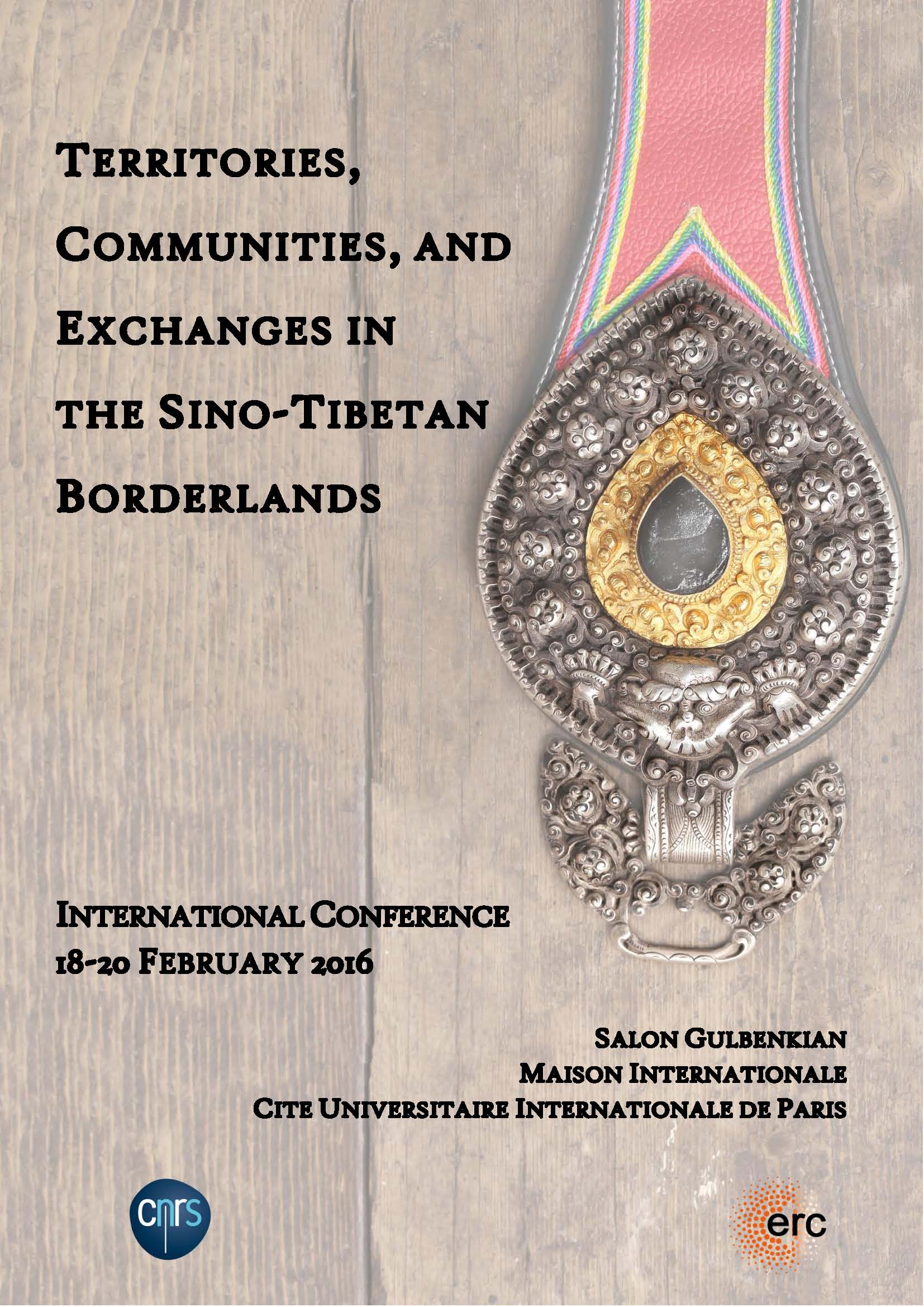Notice
Fabienne Jagou, " Manchu Officials’ Khams Travel Accounts: Mapping a Course Through a Qing Territory "
- document 1 document 2 document 3
- niveau 1 niveau 2 niveau 3
Descriptif
Throughout the Qing dynasty (1644-1911), more and more travelers –officials, military and merchants- went to the Southwest border of China and dedicated some of their time to writing travel accounts, poetry, to drawing maps or to sketching what they saw. As such, frontier officials actively contributed to collecting geographical and anthropological data about the border areas. They then provided the Peking Court with first-hand information to help it draw up policies and secure administrative control of the border. Regarding the officials posted to Tibet, their personal writings took the form of travel diaries, notebooks, or poems, and testified mainly to the routes they would take before entering Central Tibet. Some anthropological or cultural observations are sometimes included. Their accounts were mostly about the southwestern border territory they had to cross to reach Central Tibet rather than Central Tibet itself. From their narratives, the three-to-six-month journey from Chengdu or Xining to Lhasa appears to be both a painful expedition full of hardships and an early-eighteenth-century exploratory experience. It then becomes obvious that the Qing took control of the area and that the roads and supplies for officials and their escort became better and better organized provided that the local chieftains agreed to provide Manchu officials with corvée labor. However, the Qing's national endeavor of mapping the southwestern border of China did not grant Manchu officials authority over the inhabitants of the southwestern territory as illustrated by a few examples dating from the nineteenth and twentieth centuries.
International conference “Territories, Communities, and Exchanges in the Sino-Tibetan Kham Borderlands,” Februray 18-20, 2016. This conference is an outcome of a collaborative ERC-funded research project (Starting grant no. 283870).
For more information, please visit the project's Website: http://kham.cnrs.fr
Dans la même collection
-
Lucia Galli (University of Oxford), "The Price of Enlightenment: The Travel Account of Kha stag ʼDz…
Frontier territories characterised by intense socio-economic, political, and cultural inter-actions, in the mid-nineteenth century the easternmost fringes of the Tibetan plateau saw the rise of the
-
John Bray, "French Catholic Missions and Sino-Tibetan Trade: Local Networks and International Enter…
The Missions Étrangères de Paris (MEP) sent their first missionary on an exploratory mission to the Sino-Tibetan borderlands in 1847, and they retained a presence in the region until 1952. Together
-
C. Pat Giersch (Wellesley College), "Patterns of Inclusion and Exclusion Along Twentieth-Century Ch…
In recent years, increasingly sophisticated work has traced the remarkable changes in early twentieth-century state-building along China's southwestern and Tibetan borderlands. During this same period
-
Dawa Drolma (Bay Path University), " The Renaissance of Traditional Dzongsar Craft-making in the Me…
As a member of a deeply-rooted traditional craft-making family in the Meshö (Sman Shod) Valley of Kham region, I will present the results of my ongoing fieldwork and academic study on the renaissance
-
Elizabeth Reynolds (Columbia University), " Monasteries, Merchants, and Long Distance Trade: The Ec…
Pre-1959 Tibet was not a “closed off land” as is often assumed, but a place of dynamic economic structures and a diverse body of economic actors. The Trehor region, an area located in modern day
-
Yudru Tsomu (Sichuan University), " Rise of a Political Strongman in Dergé in the Early Twentieth C…
This paper discuses rivalry for the throne of Dergé between 1890 and 1940. In the late nineteenth and early twentieth centuries, internecine feuds created a power vacuum serious enough to invite
-
Katia Buffetrille (Ecole Pratique des Hautes Etudes), " The Increasing Visibility of the Borderland…
For centuries, Central Tibet and its capital Lhasa were regarded as the center—as is obviously expressed in the very name of the region in Tibetan, dBus, “Center”—of political and religious life in
-
Mark Frank, " Chinese Physiocracy: Kham as Laboratory for the Agrarian Theory of China "
When a nation-state looks to intensive agriculture for its national essence, what are the implications at the local level? This paper looks at agricultural colonization efforts (tunken屯垦) of the
-
Chen Bo (Sichuan University), “House Society” Revisited "
In this paper, I will begin by considering the concept of “house society” and its applicability to Southwest China. I ask the question of why no scholar, Levi-Strauss included since he originally
-
Dáša Mortensen (University of North Carolina at Chapel Hill), " Wangchuk Tempa and the Control of G…
This paper examines the fascinating life of Wangchuk Tempa 汪学鼎 (1886-1961), the de facto early-twentieth-century political and military leader of Gyalthang (rGyal Thang) in southern Kham, in order to
-
Isabelle Henrion Dourcy (University of Laval), "Making Movies in the Gesar Heartland: The Burgeonin…
This conference is an outcome of the collaborative ERC-funded research project “Territories, Communities, and Exchanges in the Sino-Tibetan Kham Borderlands” This research project focuses on the
-
Stéphane Gros (Centre National de la Recherche Scientifique), "Matrifocality and the House in Drapa…
GROS Stéphane
The practice of a non-contractual, nonobligatory, and nonexclusive visiting sexual system among a matrilineal group in Southwest China has generated as much interest in anthropology as in the mass













